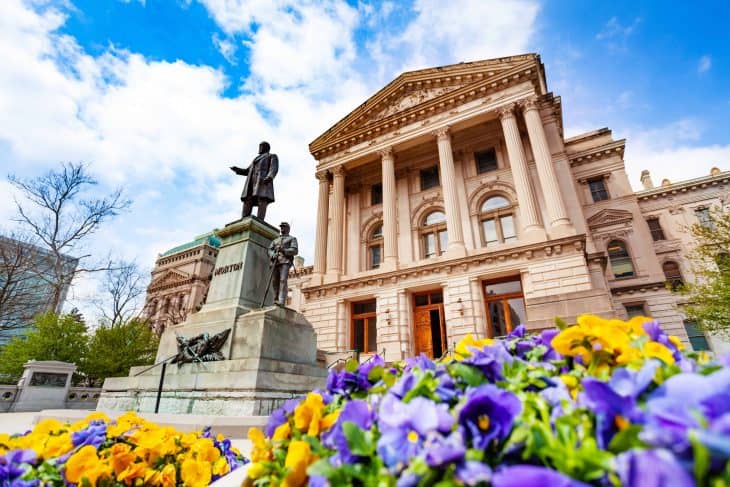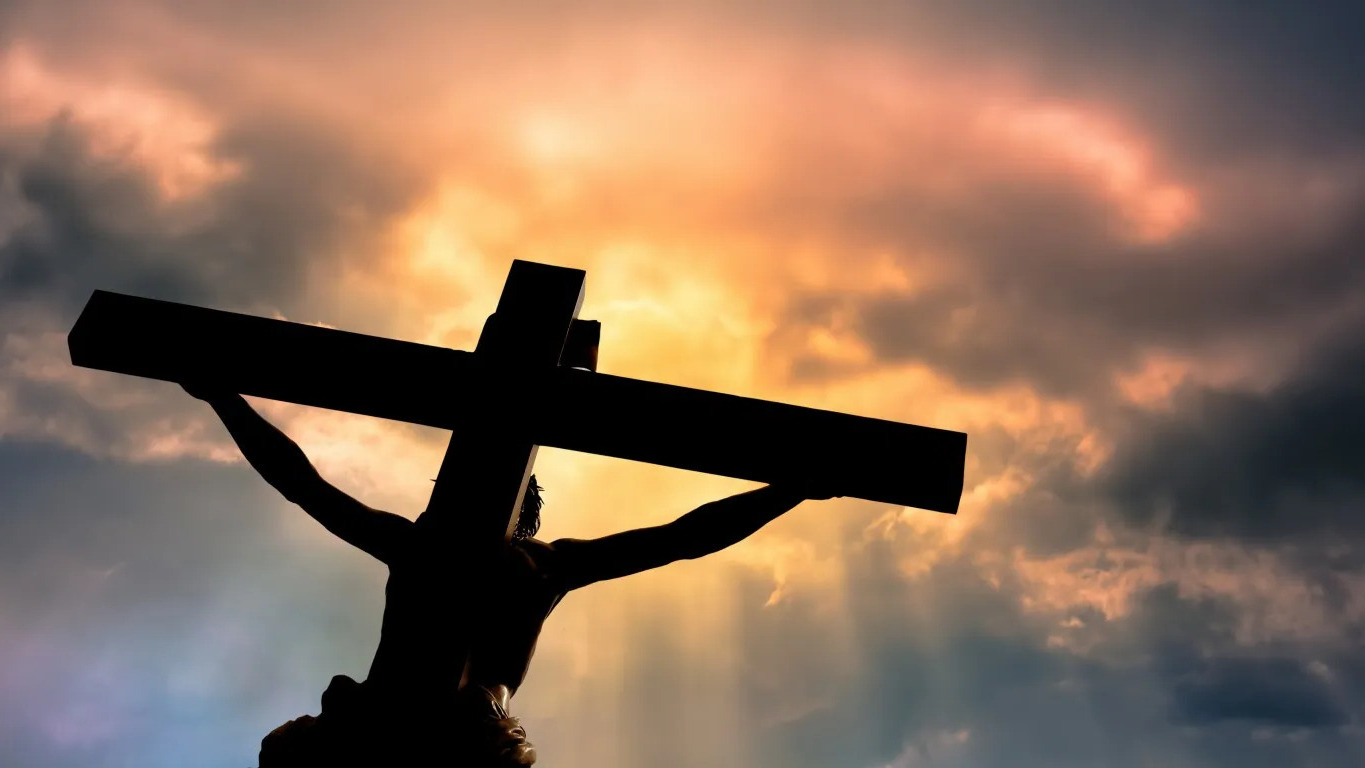
Indiana makes up the smallest US state west of the Appalachian mountains, while ironically having the biggest state capital east of the Mississippi River. In fact, Indiana’s capital also counts as the second-largest of the USA’s state capitals. Learn more about Indiana with these 50 Indiana facts.
- Indiana covers an estimated area of 94,000 km².
- Water covers an estimated 1400 km² or 1.5% of the state’s area.
- An estimated 6.76 million people live in the state today.
- This gives Indiana an estimated population density of 71 people for every km².
- At its lowest point on the Ohio and Wabash Rivers, Indiana has an average elevation of 97 meters above sea level.
- Humans first arrived in what would become Indiana around 8000 BC.
- Agriculture in Indiana goes back to around 1500 BC.
- The Mississippian Civilization included Indiana between the 10th and 15th Centuries AD.
- French explorers first arrived in Indiana during the late 17th Century.
- The Europeans began settling in the region in the early 18th Century.
- The US government formed the Indiana Territory after breaking off Ohio from the preceding Northwest Territory in 1800.
- Indiana finally became a US state in its own right, the 19th, in 1816.
- Indiana later stayed loyal to the Union during the American Civil War.
- Industry steadily grew in Indiana from the 1900s to the 1970s.
- The state’s economy slumped in the 1970s, only to recover in the 1980s onward.
- The people of Indiana call themselves Hoosiers and their state as the Hoosier State.
- They also consider their state as the Crossroads of the USA.
- Most of Indiana falls into the USA’s Eastern Time Zone, or GMT-5.
- Parts of the state fall into the USA’s Central Time Zone, or GMT-6, instead, however.
- The state keeps its capital in its largest city, Indianapolis.
Was this page helpful?
Our commitment to delivering trustworthy and engaging content is at the heart of what we do. Each fact on our site is contributed by real users like you, bringing a wealth of diverse insights and information. To ensure the highest standards of accuracy and reliability, our dedicated editors meticulously review each submission. This process guarantees that the facts we share are not only fascinating but also credible. Trust in our commitment to quality and authenticity as you explore and learn with us.


